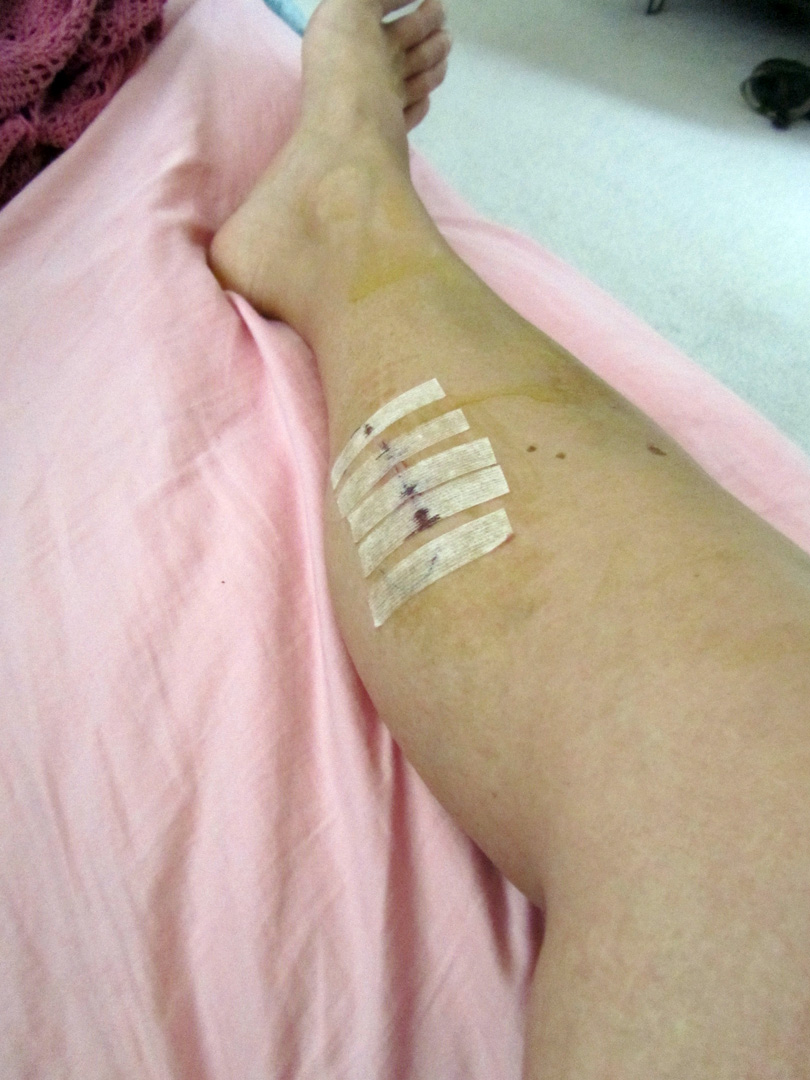

The consequences of persistently elevated intra-compartmental pressures were first described by Richard von Volkmann, who documented nerve injury and late muscle contracture from compartment syndrome after supracondylar fracture of the distal humerus. Acute compartment syndrome occurs more commonly in one of the four smaller compartments of the lower leg. In theory, the upper leg muscles are at a lower risk for injury than are the smaller muscles of the lower leg, because the muscles of the thigh can dissipate the large forces of direct trauma, causing less muscle injury and resultant edema. If missed, compartment syndrome can be a limb- and life-threatening condition.Ĭompartment syndrome is most common in the lower leg and forearm, although it can also occur in the hand, foot, thigh, and upper arm.

These compartments enclose skeletal muscles along with the neurovascular structures that pass through the compartments. The musculoskeletal structures of the limbs are enclosed within compartments created by investing fascial layers with a limited ability to stretch. Regardless, practitioners should be aware of the patient risk factors, clinical presentation, and management of this potentially limb-threatening condition.

Although regional anesthesia is often thought to delay diagnosis and treatment of acute compartment syndrome (ACS), there are only isolated case reports and a lack of evidence-based information to guide the clinical practice. It is an acute condition of the limbs in which the pressure of isolated or groups of poorly compliant muscle compartments increases dramatically and limits local soft tissue perfusion to the point of motor and sensory impairment and neuronal and tissue ischemic necrosis. Backe immediately.Table of Contents Acute Compartment Syndrome of the Limb: Implications for Regional Anesthesia INTRODUCTIONĬompartment syndrome is an orthopedic emergency. If symptoms of compartment syndrome develop, remove or loosen any constricting bandages. This can happen after severe intoxication with alcohol or other drugs.Īnabolic steroid use. Taking steroids is a possible factor in compartment syndrome.Ĭonstricting bandages. Casts and tight bandages may lead to compartment syndrome.

The development of compartment syndrome in this manner usually occurs in people who are neurologically compromised. Most healthy people will naturally move when blood flow to a limb is blocked during sleep. Lying for too long in a position that blocks a blood vessel, then moving or waking up can cause this condition. A blood vessel can also be blocked during sleep. This may occur after a surgeon repairs a damaged blood vessel that has been blocked for several hours. Reestablished blood flow after blocked circulation. This type of injury can occur when a motorcycle falls on the leg of the rider, or a football player is hit in the leg with another player’s helmet. Rarely, it develops after a relatively minor injury.Ĭonditions that may bring on acute compartment syndrome include:Ī badly bruised muscle. Acute compartment syndrome usually develops after a severe injury, such as a car accident or a broken bone.


 0 kommentar(er)
0 kommentar(er)
